Orelia Iracheta
Bent Tree, Texas
Growing up, Orelia moved all around Brownsville, Texas and the surrounding area. It was hard to stay close with friends. So when she became a mother, she knew she wanted her sons to have a “forever home” – a place to feel safe, grow friendships, and be a part of the community.
In 2011, they found that home in the Bent Tree Subdivision.
In 2011, they found that home in the Bent Tree Subdivision.
In 2011, they found that home in the Bent Tree Subdivision.
When Orelia bought a lot in Bent Tree, the neighborhood was young. Only a few years earlier, it began as one row of houses on formerly undeveloped land. The land wasn’t part of an incorporated town, making it more affordable than nearby areas for those looking to own a home or plot of land. To Orelia, owning a home outright and without debt was important. It was something her parents had emphasized to her at a young age. As her family grew, so did her home. Rooms were added one by one.
Because of its unincorporated status, Bent Tree – like many other neighborhoods along the U.S.-Mexico border – is classified as a colonia. And while the unincorporated status of colonias often creates challenges for residents, they can also offer much needed affordability and flexibility.
When Orelia bought a lot in Bent Tree, the neighborhood was young. Only a few years earlier, it began as one row of houses on formerly undeveloped land. The land wasn’t part of an incorporated town, making it more affordable than nearby areas for those looking to own a home or plot of land. To Orelia, owning a home outright and without debt was important. It was something her parents had emphasized to her at a young age. As her family grew, so did her home. Rooms were added one by one.
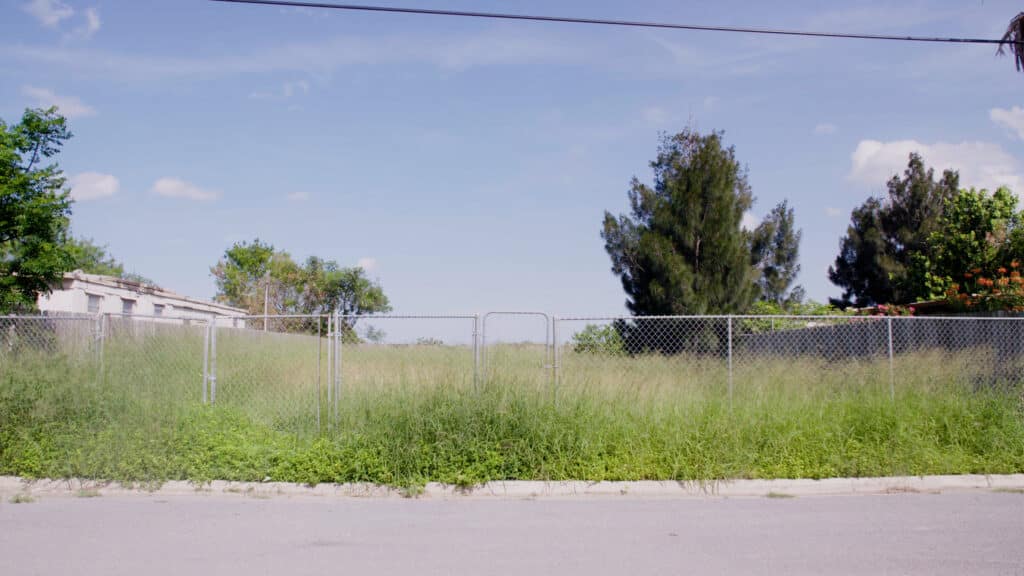
Because of its unincorporated status, Bent Tree – like many other neighborhoods along the U.S.-Mexico border – is classified as a colonia. And while the unincorporated status of colonias often creates challenges for residents, they can also offer much needed affordability and flexibility.
As the boys got older, it became hard to keep up with repairs on the house. Orelia realized that she would have to make a tough decision: find a new home with a mortgage, or take on debt to address the issues with the house. But leaving didn’t actually feel like an option to her.
Orelia learned that DreamBuild is a holistic program that works with prospective homeowners through an innovative process. They help folks build their financial health, and when ready, DreamBuild provides an opportunity for people to help design their new homes.
Orelia learned that DreamBuild is a holistic program that works with prospective homeowners through an innovative process. They help folks build their financial health, and when ready, DreamBuild provides an opportunity for people to help design their new homes.
Orelia learned that DreamBuild is a holistic program that works with prospective homeowners through an innovative process. They help folks build their financial health, and when ready, DreamBuild provides an opportunity for people to help design their new homes.
This adaptive growth process works intuitively with the way that Orelia and many other people living in colonias already understand homes – adding rooms as children grow or aging relatives join the household. But cdcb has also considered, through years of experience with community housing development, how a loan can grow with the house, too.
Orelia learned that DreamBuild is a holistic program that works with prospective homeowners through an innovative process. They help folks build their financial health, and when ready, DreamBuild provides an opportunity for people to help design their new homes.
This adaptive growth process works intuitively with the way that Orelia and many other people living in colonias already understand homes – adding rooms as children grow or aging relatives join the household. But cdcb has also considered, through years of experience with community housing development, how a loan can grow with the house, too.
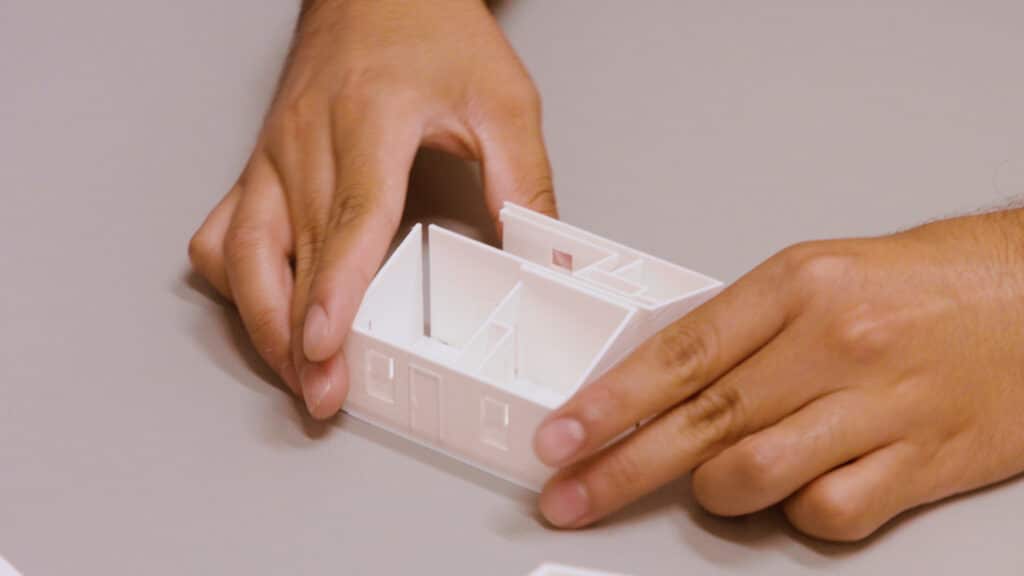
This meant that while Orelia would take on a mortgage to buy a house, she wouldn’t have to take on new loans or go through potentially expensive refinancing processes as she added rooms. The loan could grow and adapt, just like the house. This option was one of the most affordable she’d seen.
Though she was hesitant at first, Orelia wanted to accommodate her teenage sons' desire for their own rooms and to find a way to build right on the Bent Tree lot she had purchased in 2011.
Through their years of housing development experience, cdcb recognized the need for affordable housing has continued to grow. In 2020 this need surged, resulting in an affordability crisis. So how is DreamBuild able to offer affordable options when they are building new homes, designed individually with homeowners?
Through their years of housing development experience, cdcb recognized the need for affordable housing has continued to grow. In 2020 this need surged, resulting in an affordability crisis. So how is DreamBuild able to offer affordable options when they are building new homes, designed individually with homeowners?
Through their years of housing development experience, cdcb recognized the need for affordable housing has continued to grow. In 2020 this need surged, resulting in an affordability crisis. So how is DreamBuild able to offer affordable options when they are building new homes, designed individually with homeowners?
DreamBuild homes start their adaptive growth process “on the farm” – a unique location where the basic building blocks of the home are constructed before they’re transported to the building site, where a foundation is poured. This model allows them to keep building costs down and save on materials. It's a boon for both sustainability and affordability. These savings are passed on to the homeowners.
DreamBuild homes start their adaptive growth process “on the farm” – a unique location where the basic building blocks of the home are constructed before they’re transported to the building site, where a foundation is poured. This model allows them to keep building costs down and save on materials. It's a boon for both sustainability and affordability. These savings are passed on to the homeowners.
This model also allows DreamBuild homeowners to be involved in the design process of their homes. Nick Mitchell-Bennett, the CEO of cdcb knows how important it is that homeowners have agency over the design of their own homes.
“We believe DreamBuild is the answer to homeownership first for low income families living in rural and colonia areas. We believe it could also be an answer to affordable rental housing in the future. And it's a model of housing that allows families to start where they are today and grow into what they hope to be in the future," he says.
Property ownership is a cornerstone of the US economy, so disruptions in the economy can create volatility in property values. This volatility then creates housing instability for both renters and individual owners.
Colonias like Bent Tree tell a story of this connection between the economy and housing.
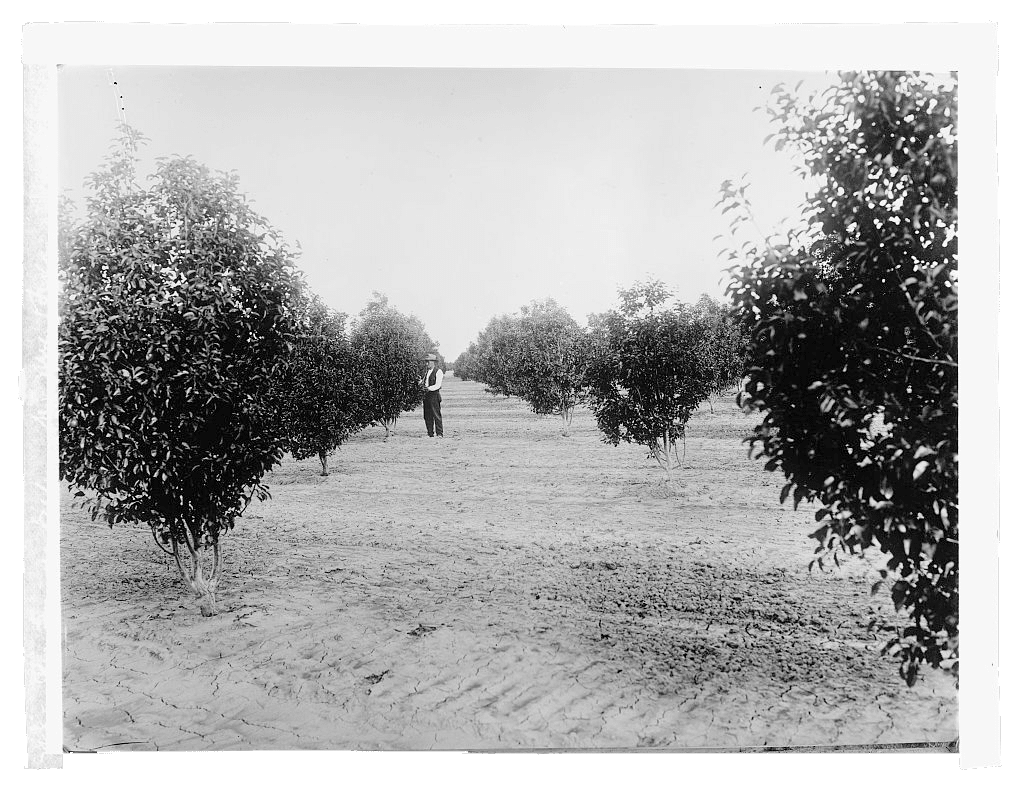
Library of Congress
In the early 20th century, developers marketed the land along the Rio Grande Valley, the southern border of the US with Mexico in Texas, as a good place for farming. These farms relied on the labor of folks who lived near the border on either side. Housing was hastily built for these workers. When agriculture proved less profitable than promised, the industry left. Landowners, looking to make up for some loss on this investment, divided up the land to sell to former workers and the communities they had built.
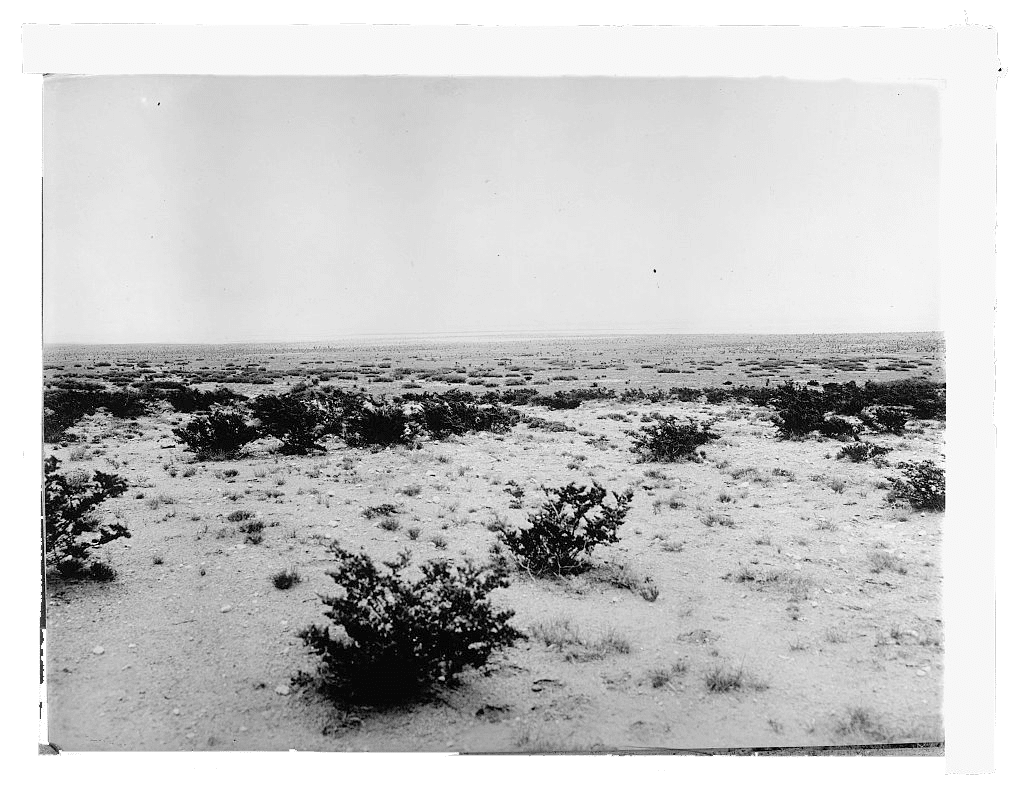
Library of Congress
This appearance of affordable land available for sale proved to be a double-edged sword. Families were able to build their lives and homes in a place that they now owned. Yet the developments often lacked basic modern infrastructure like plumbing and sewer systems. Many colonias, being close to the river, are also vulnerable to flooding. And that vulnerability was often exacerbated by the loss of supportive topsoil caused by agricultural activity. When border cities grew into agricultural areas, only some colonias were incorporated into these cities and towns.
Incorporation may seem like a small bureaucratic detail, but the absence of this status profoundly affects the colonias. Without it, there are no centralized infrastructure services to provide water, electricity, paved roads, streetlights, parks, sewage systems, and more. And there is often no institution residents can appeal to for better services. So organizing for better living conditions takes even more time and effort than it would in other circumstances.
Incorporation may seem like a small bureaucratic detail, but the absence of this status profoundly affects the colonias. Without it, there are no centralized infrastructure services to provide water, electricity, paved roads, streetlights, parks, sewage systems, and more. And there is often no institution residents can appeal to for better services. So organizing for better living conditions takes even more time and effort than it would in other circumstances.
Incorporation may seem like a small bureaucratic detail, but the absence of this status profoundly affects the colonias. Without it, there are no centralized infrastructure services to provide water, electricity, paved roads, streetlights, parks, sewage systems, and more. And there is often no institution residents can appeal to for better services. So organizing for better living conditions takes even more time and effort than it would in other circumstances.
Alma Delia Medrano moved to her home in Valle Hermoso 25 years ago. She describes the neighborhood as peaceful, cherishing moments spent under the shade of the trees in the afternoon while having coffee or chatting with neighbors.
She raised her children here, and has seen other kids in the neighborhood grow up and graduate from school. She sees her neighbors as family. They support one another. When asked how important her community is to her she says "bastante" – it is very important.
Like Orelia, Mrs. Medrano heard about DreamBuild at a community event. She was hesitant to sign up at first because she loved that her house at the time was large enough to accommodate visiting family and friends. But the home was aging and less able to protect her from the increasingly extreme temperatures of the region. It grew to be warmer inside than out in the summer. The winters were too cold inside, exacerbating her arthritis. She realized, for her own health, that it was time to work with DreamBuild on a new home.
Mrs. Medrano is using DreamBuild’s adaptive growth model, that’s allowed her to start with a one-bedroom home. She loves that she can grow it over time, if she chooses.
But for now, she is happy to have a home that she designed, where all the decisions are her own. How important was this part of the DreamBuild process to her?
It is important. "Me siento importante" – I feel important.
Mrs. Medrano is using DreamBuild’s adaptive growth model, that’s allowed her to start with a one-bedroom home. She loves that she can grow it over time, if she chooses.
But for now, she is happy to have a home that she designed, where all the decisions are her own. How important was this part of the DreamBuild process to her?
It is important. "Me siento importante" – I feel important.
Mrs. Medrano is using DreamBuild’s adaptive growth model, that’s allowed her to start with a one-bedroom home. She loves that she can grow it over time, if she chooses.
But for now, she is happy to have a home that she designed, where all the decisions are her own. How important was this part of the DreamBuild process to her?
It is important. "Me siento importante" – I feel important.
Since moving to Bent Tree in 2011, Orelia became deeply connected to the people and place. Over the years Orelia saw a need to take action. So she began organizing her community to address their most pressing needs.
In 2015, there were no street lights in Bent Tree, so Orelia formed a Facebook group that aimed to light up the neighborhood and bring a stronger sense of safety. Since then, the group has evolved into a platform where the community works together to advocate for services, help those struggling with immigration issues, promote local businesses, and build mutual aid.
"No matter if your neighbor doesn't have anything to eat, we're all sitting together. So we can feed the neighbors, basically.”
–Orelia Iracheta
It was important for Orelia to stay in the community she'd helped to build. And in 2023 Orelia moved into her new house, in the neighborhood she's called home for more than a decade.
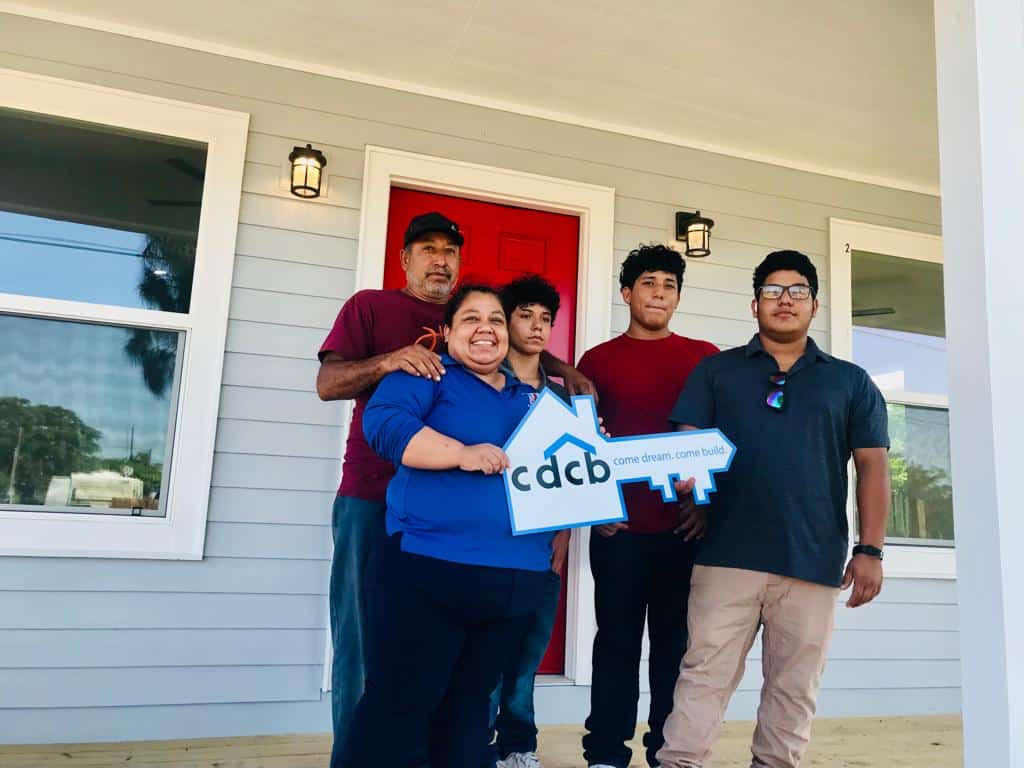
She looks forward to using her home as an extension of her community organizing, hosting events, and welcoming friends.
Published 2024


